Rising Demand in Agriculture
The Ammonia Market experiences a robust demand surge primarily driven by its extensive application in fertilizers. Ammonia Market serves as a key nitrogen source, essential for enhancing crop yields. In recent years, The Ammonia Market has been projected to grow, with estimates suggesting a compound annual growth rate of approximately 3.5% through 2025. This growth is likely to bolster ammonia consumption, as fertilizers containing ammonia are favored for their efficiency. Furthermore, the increasing global population necessitates higher food production, thereby amplifying the demand for ammonia-based fertilizers. As agricultural practices evolve, the Ammonia Market is poised to benefit from innovations in fertilizer formulations that incorporate ammonia, ensuring sustainable agricultural practices while meeting the food security challenges of the future.
Increasing Industrial Applications
The Ammonia Market is experiencing a diversification of applications beyond traditional fertilizers, with industrial uses gaining prominence. Ammonia Market is increasingly utilized in the production of various chemicals, including plastics, explosives, and pharmaceuticals. The chemical manufacturing sector is projected to expand, with ammonia serving as a critical feedstock. Recent data indicates that the industrial ammonia consumption is expected to grow at a rate of approximately 4% annually through 2025. This trend suggests a robust demand for ammonia in diverse industrial applications, which could significantly impact the overall market dynamics. Furthermore, the rise of ammonia in the energy sector, particularly in fuel cells and as a potential carbon-free fuel, indicates a transformative shift in its utilization. As industries seek to optimize their processes and reduce environmental footprints, the Ammonia Market is likely to capitalize on these emerging opportunities.
Technological Advancements in Production
Technological innovations in ammonia production processes are significantly influencing the Ammonia Market. The development of more efficient synthesis methods, such as the Haber-Bosch process enhancements, has led to reduced energy consumption and lower production costs. Recent advancements indicate that new catalysts and process optimizations could potentially increase ammonia yield while minimizing environmental impact. The global ammonia production capacity has been estimated to reach around 200 million metric tons by 2025, reflecting the industry's response to rising demand. Moreover, the integration of renewable energy sources into ammonia production processes is gaining traction, suggesting a shift towards greener production methods. This evolution in technology not only enhances the economic viability of ammonia production but also aligns with the growing emphasis on sustainability within the Ammonia Market.
Regulatory Support for Sustainable Practices
The Ammonia Market is increasingly influenced by regulatory frameworks aimed at promoting sustainable practices. Governments worldwide are implementing policies that encourage the adoption of environmentally friendly production methods and the reduction of greenhouse gas emissions. For instance, regulations targeting nitrogen emissions from fertilizers are prompting manufacturers to innovate and adopt cleaner technologies. The ammonia sector is likely to benefit from incentives and subsidies aimed at supporting the transition to greener production processes. As regulatory pressures mount, the industry may witness a shift towards low-carbon ammonia production, which could enhance its market appeal. This regulatory landscape not only fosters innovation but also positions the Ammonia Market as a key player in the global sustainability agenda, potentially attracting investments and partnerships focused on sustainable agricultural and energy solutions.
Growing Interest in Renewable Energy Solutions
The Ammonia Market is witnessing a notable shift towards renewable energy applications, particularly in the context of ammonia as a hydrogen carrier. Ammonia Market's potential to store and transport hydrogen efficiently is garnering attention as countries seek to transition to cleaner energy sources. The Ammonia Market is projected to expand significantly, with ammonia playing a crucial role in facilitating hydrogen distribution. Estimates suggest that by 2030, ammonia could account for a substantial portion of the hydrogen supply chain, thereby enhancing its relevance in the energy sector. This trend indicates a transformative potential for the Ammonia Market, as it aligns with global efforts to reduce carbon emissions and promote sustainable energy solutions. The integration of ammonia in renewable energy systems could redefine its market dynamics, creating new opportunities for growth and innovation.
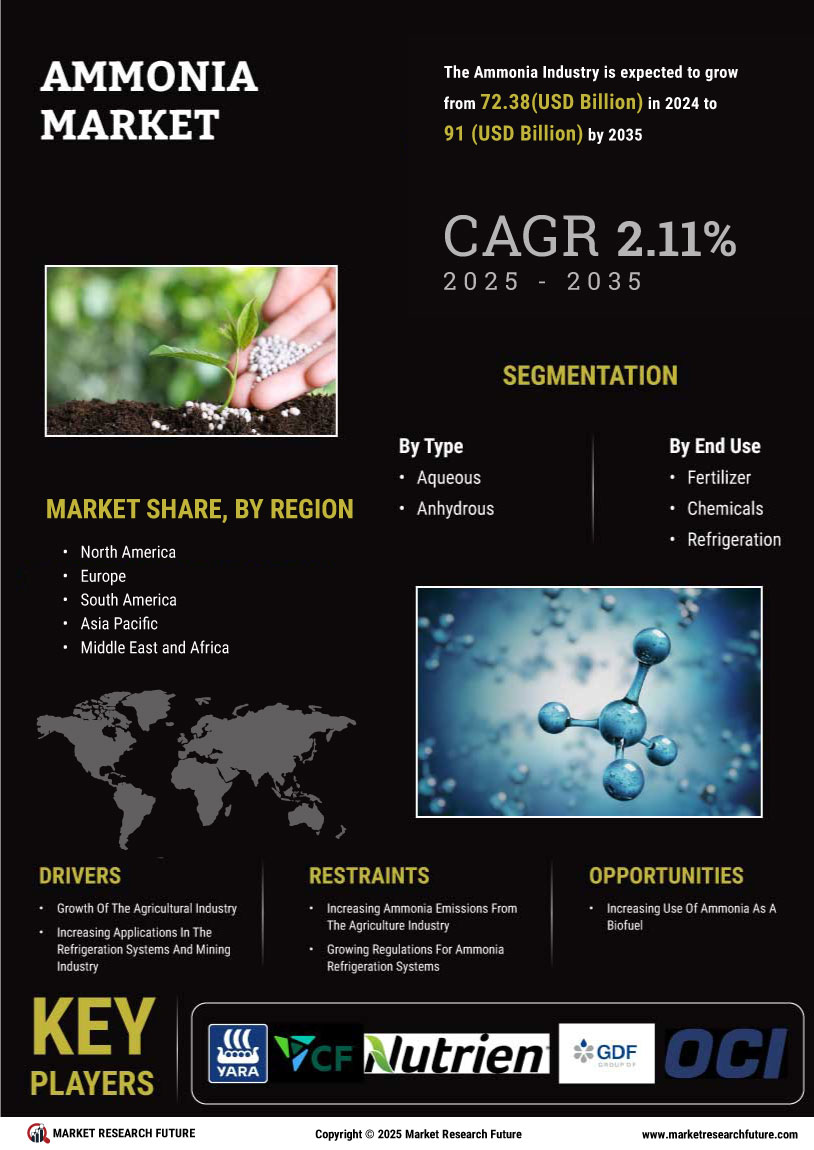

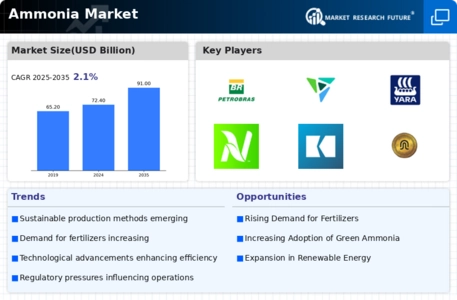
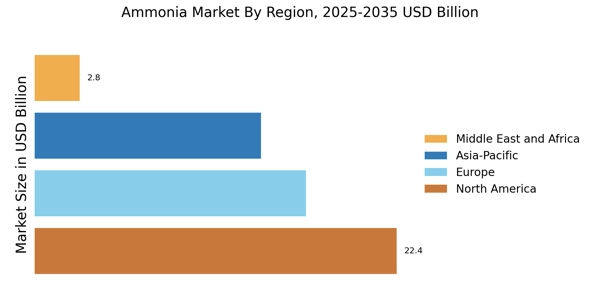


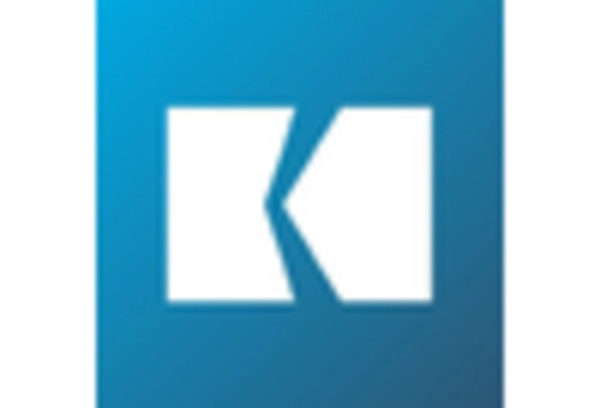

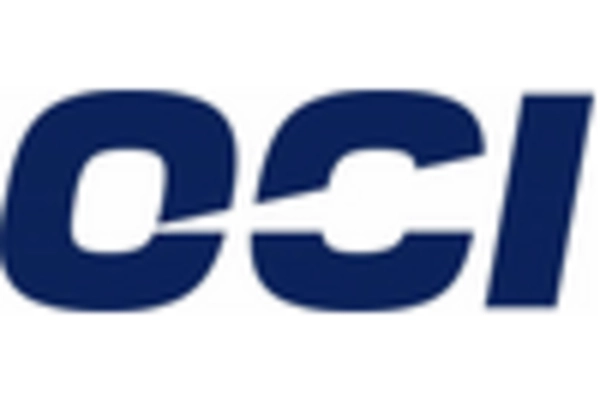









Leave a Comment